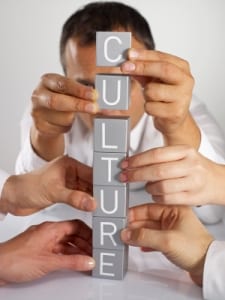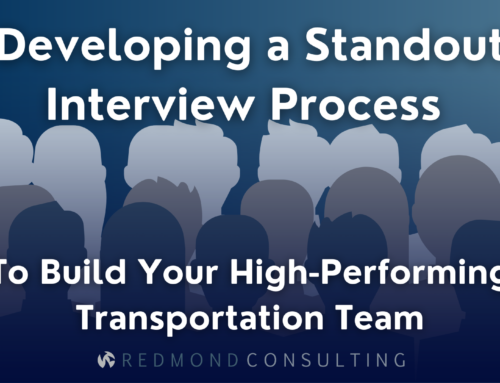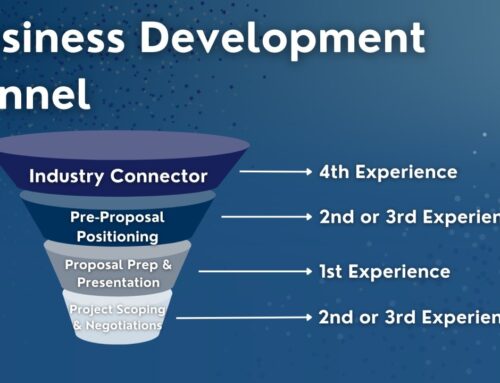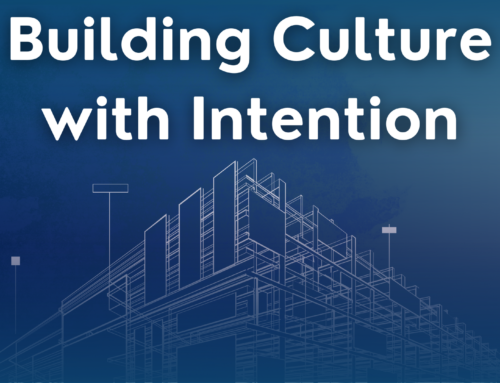 One of the taglines we use at Redmond Consulting is candidate + culture.
One of the taglines we use at Redmond Consulting is candidate + culture.
More than once, we’ve been asked to define culture. In this post, I’ll explain this nebulous concept as it relates to an organization; in another post, I’ll share my insights about what considerations one should give it when making a job change or hiring decision.
Culture is the adhesive framework within a company. It encompasses ideals, knowledge, and actions. It affects both internal and external relationships. In an academic sense, culture is categorized using two primary components: Artifacts and Behavior.
Artifacts are the physical objects in the work environment that represent the firm and its priorities. Technology is an artifact, too, as its presence or absence in product, production or delivery says a lot about an organization.
Behavior is represented by norms and “rules” (both spoken and unspoken) to which people in the company adhere.
Artifacts and Behavior are both wrapped up in Values (beliefs, principles, standards), which give them their meaning in a particular organization.
There are, then, numerous variables to consider when assessing your firm’s culture. How consistent is each element? How pervasive is it?
Here are some examples of ways to identify a corporate culture:
- As you walk around an office, take note of what you see. If you see gadgets and software that enable geographically dispersed offices to communicate easily, then being and feeling connected to other locations is important to the firm.
- If you see artifacts of the past – pictures of the founders, storyboards of projects that look like they were peeled from the pages of history, then this organization values tradition.
- Is there a dedicated space to play games, listen to music and sit in beanbags? This organization might value fun and creativity, and it demonstrates this by dedicating a respite room where people can recharge their batteries throughout the day.
Sometimes behaviors and artifacts cross streams. Are meetings in an open space, or are they tucked into conference rooms with closed doors? What does either practice say about the organization?
At other times, though, it’s all about behaviors.
If an organization regularly makes leadership changes (cuts are part and parcel to this) to reposition itself in the market, the firm values agility, and is more focused on the market and its customers than internal relationships.
A highly competitive culture is sometimes called a “high performance culture.” Everyone in this office is bent on winning. This environment can be simultaneously exhilarating and stressful, depending on who you are.
If a firm promotes rotating governance – with everyone changing organizational roles every 3-to-5 years, including moving in and out of management – I’d venture to say this firm values democracy.
Given this definition of culture, what tangible signs of it do you see in your organization? What values do think those signs represent?





Leave A Comment